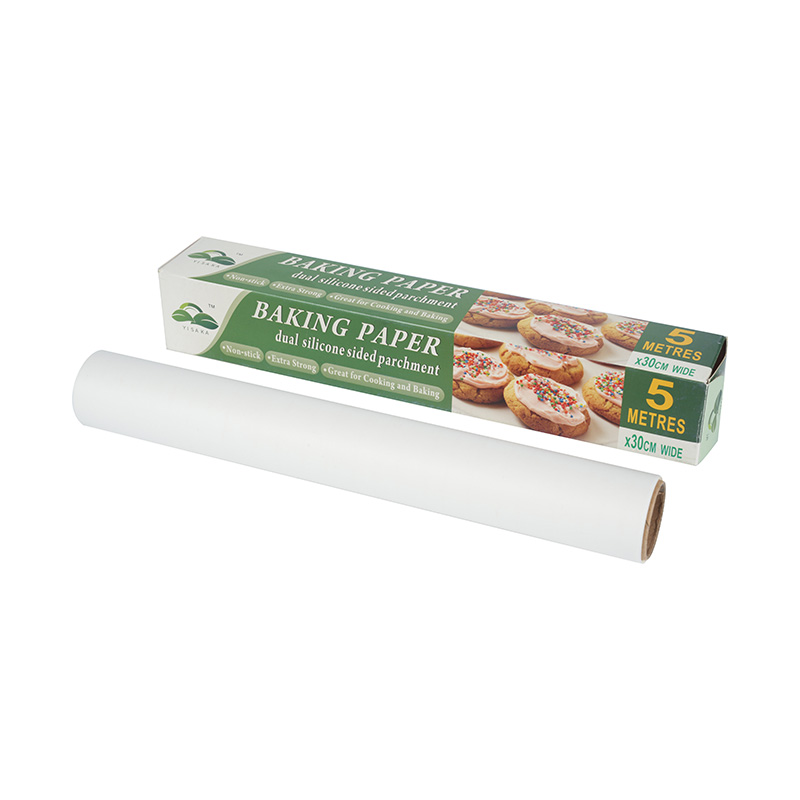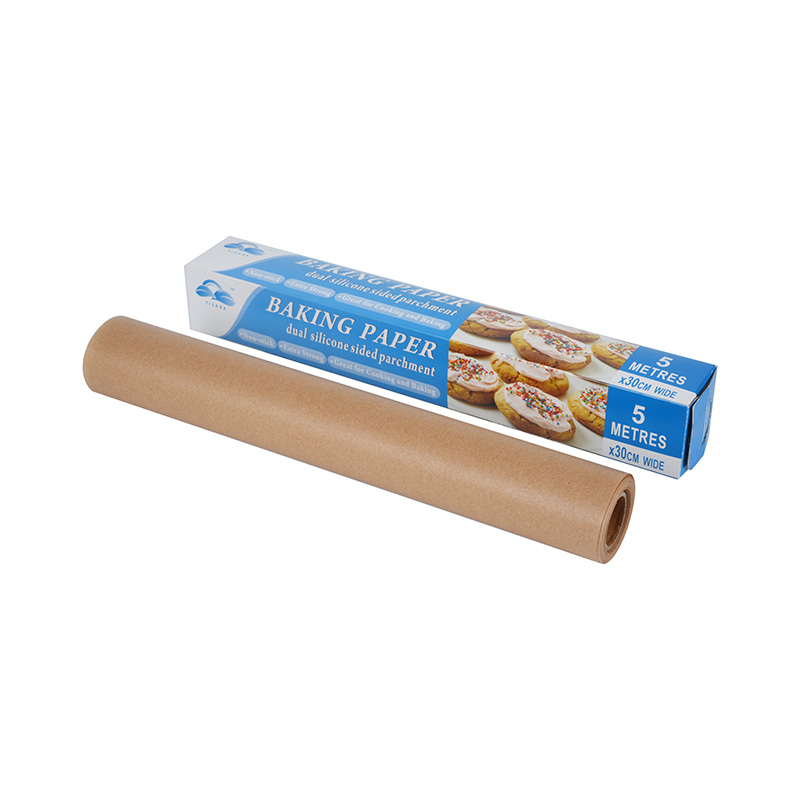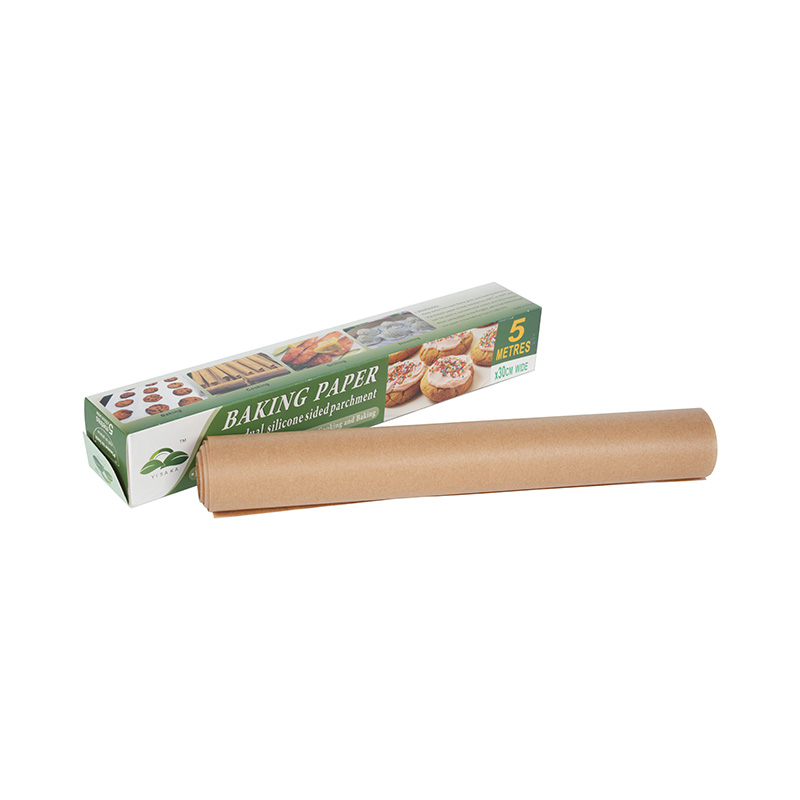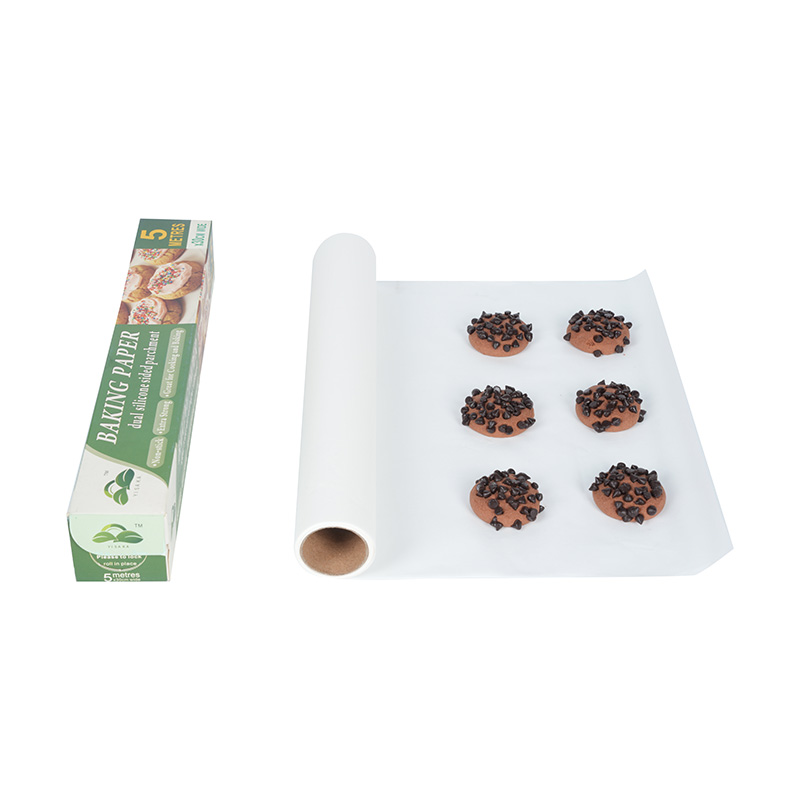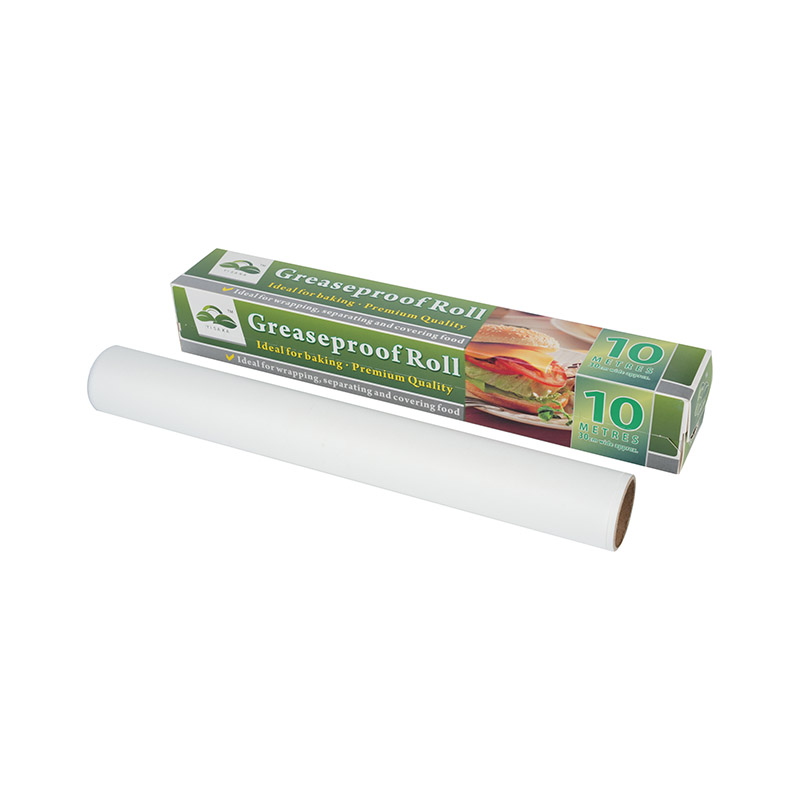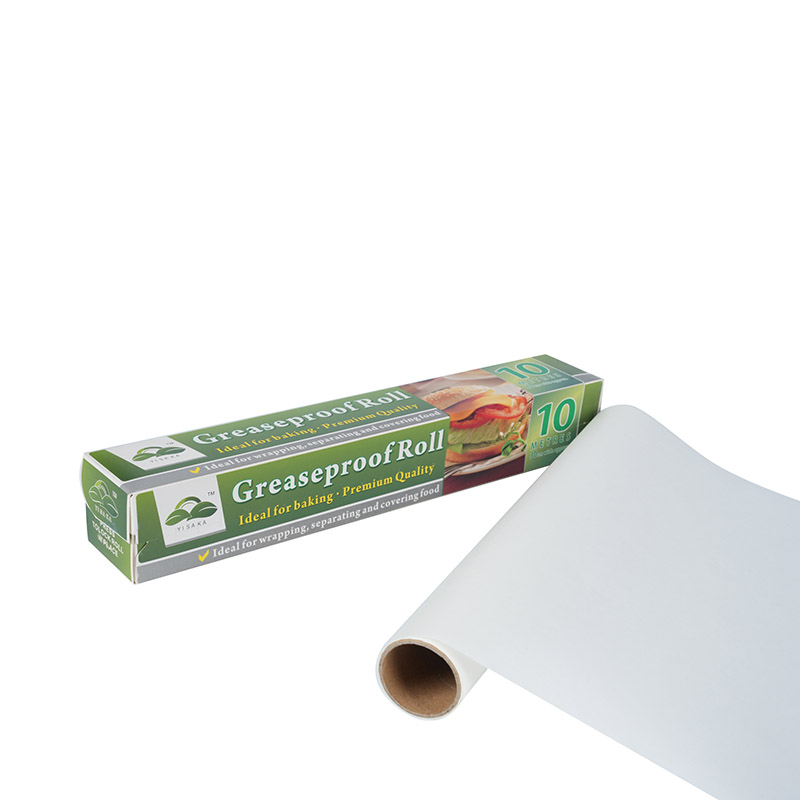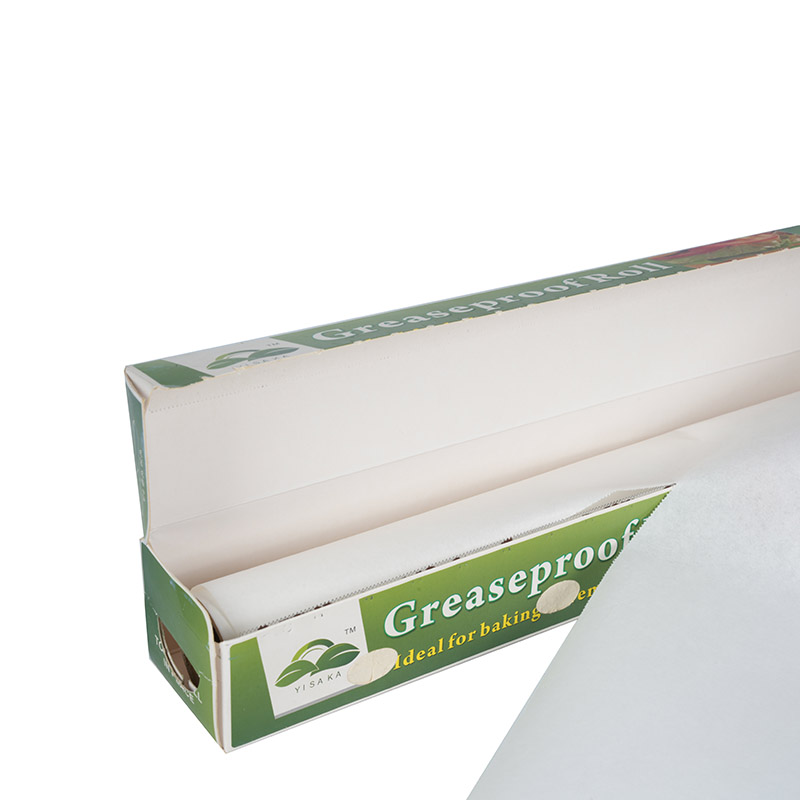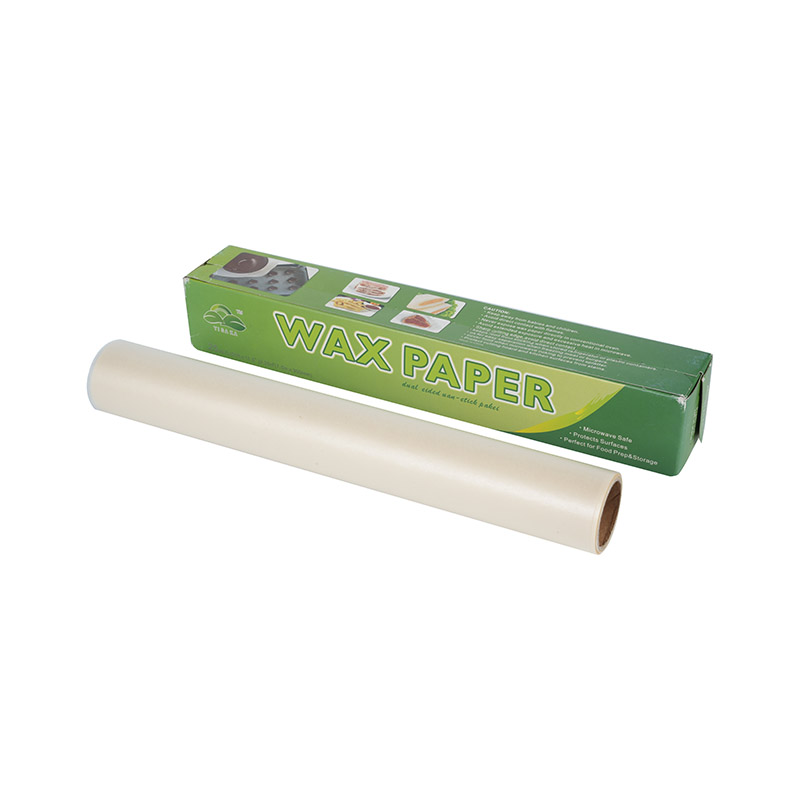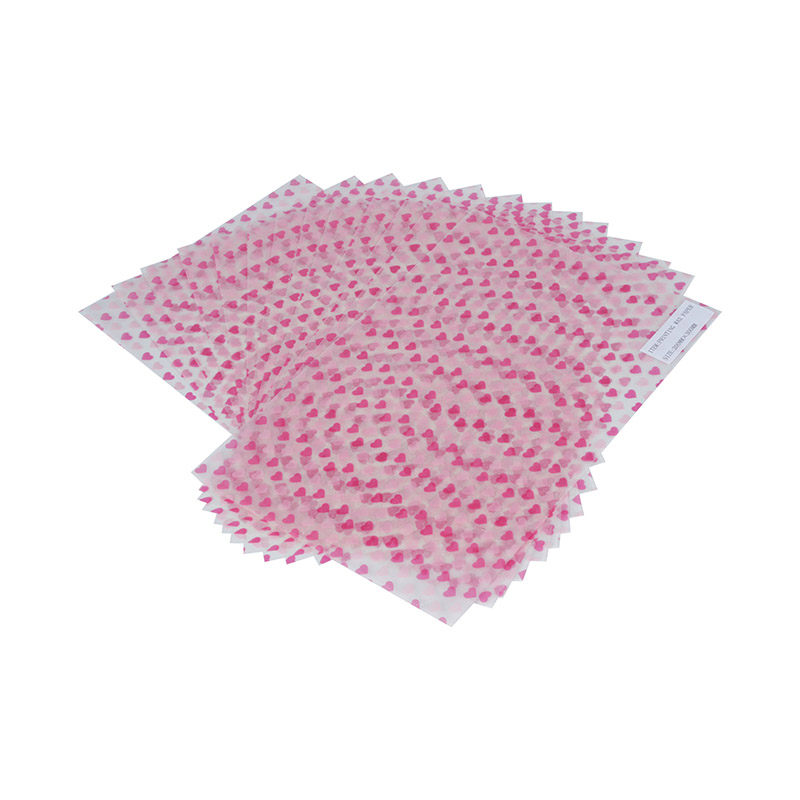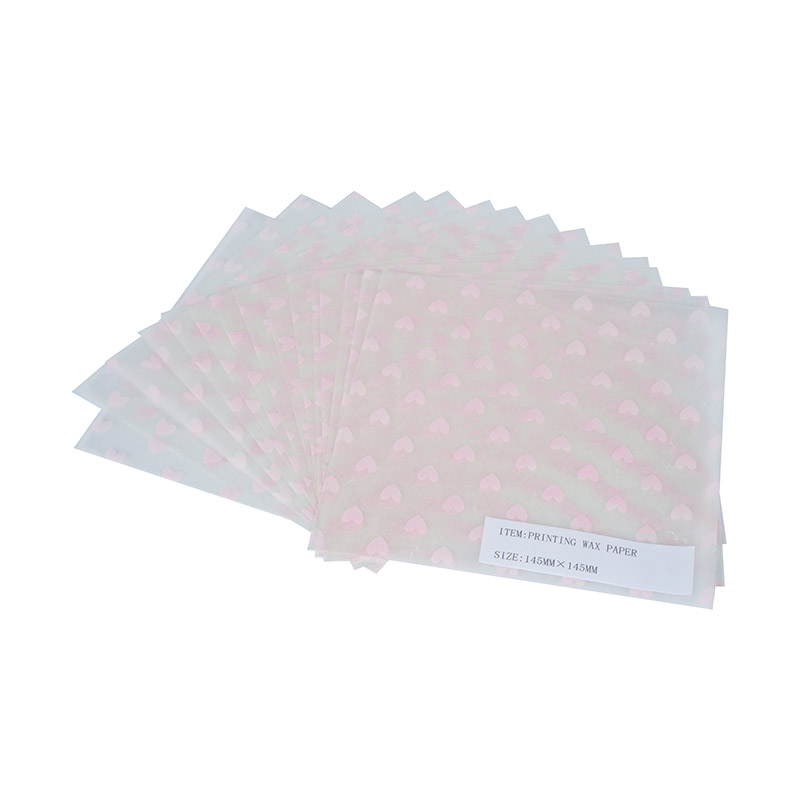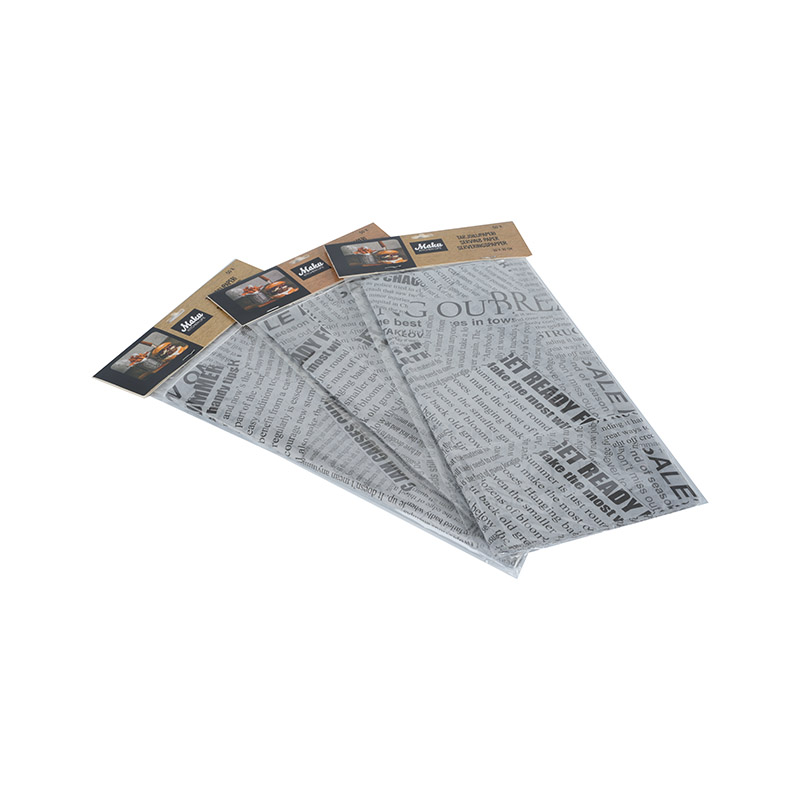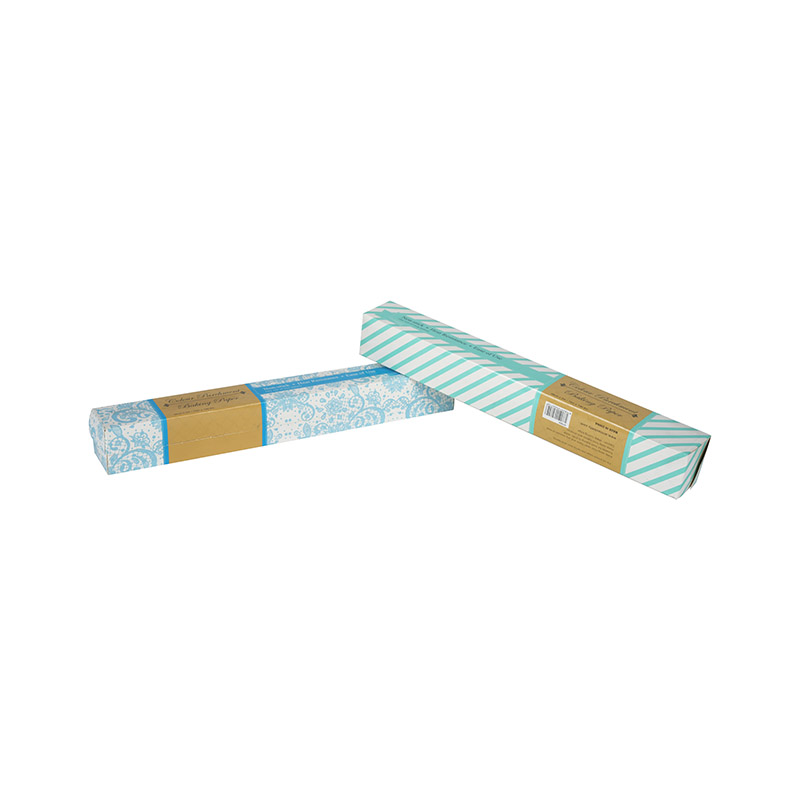Parchment paper has become an indispensable tool in kitchens worldwide, prized for its non-stick properties and heat resistance. While most home cooks are familiar with its convenience, many might not realize there are two common varieties: white and unbleached parchment paper. Though both serve similar functions, their key distinctions lie in their manufacturing processes and environmental impact.
The Bleaching Process: What Makes White Parchment White?
The most significant difference between the two types of parchment paper is, as the names suggest, the bleaching process.
White parchment paper undergoes a chlorine-based or chlorine-free bleaching process to achieve its bright white appearance. This process typically involves the use of chlorine dioxide, a chemical agent that whitens the wood pulp. While effective in achieving a uniform color, concerns have been raised about the environmental impact of chlorine bleaching, particularly the potential for the release of harmful byproducts such as dioxins, though modern bleaching methods have significantly reduced these risks.
Unbleached Parchment Paper: A More Natural Approach
In contrast, unbleached parchment paper is made from wood pulp that has not undergone any bleaching. This results in its distinctive light brown or natural tan color, which is the natural color of wood fibers. To achieve its non-stick and heat-resistant properties, unbleached parchment paper is typically treated with silicone, just like its bleached counterpart. The absence of the bleaching step makes unbleached parchment paper a more environmentally friendly option, as it reduces chemical use and associated byproducts.
Performance and Usage: Are They Different in the Kitchen?
From a purely functional standpoint in the kitchen, there is very little practical difference between white and unbleached parchment paper. Both types are:
-
Non-stick: Treated with a silicone coating, they prevent food from sticking to baking sheets, pans, and other surfaces.
-
Heat-resistant: They can safely withstand high oven temperatures, typically up to 425°F (218°C) or even 450°F (232°C), making them suitable for baking, roasting, and other high-temperature cooking methods.
-
Grease-resistant: Their barrier properties prevent grease from seeping through.
-
Moisture-resistant: They help to retain moisture in food during cooking and can be used for tasks like en Papillote (cooking in a parchment paper pouch).
Whether you're baking cookies, roasting vegetables, or lining a cake pan, both white and unbleached parchment paper will perform equally well. The choice often comes down to personal preference or environmental considerations.
Environmental and Health Considerations
For many consumers, the choice between white and unbleached parchment paper often hinges on environmental and health concerns.
-
Environmental Impact: Unbleached parchment paper is generally considered more environmentally friendly due to the absence of the bleaching process, which reduces chemical usage and potential pollution. For those striving for a more sustainable kitchen, unbleached is the preferred choice.
-
Chemical Exposure: While modern bleaching processes for white parchment paper are highly regulated and the risk of chemical migration to food is extremely low, some individuals may still prefer unbleached options to avoid any perceived exposure to chemicals. It's important to note that both types of parchment paper are food-safe and approved for use in contact with food.
In Summary
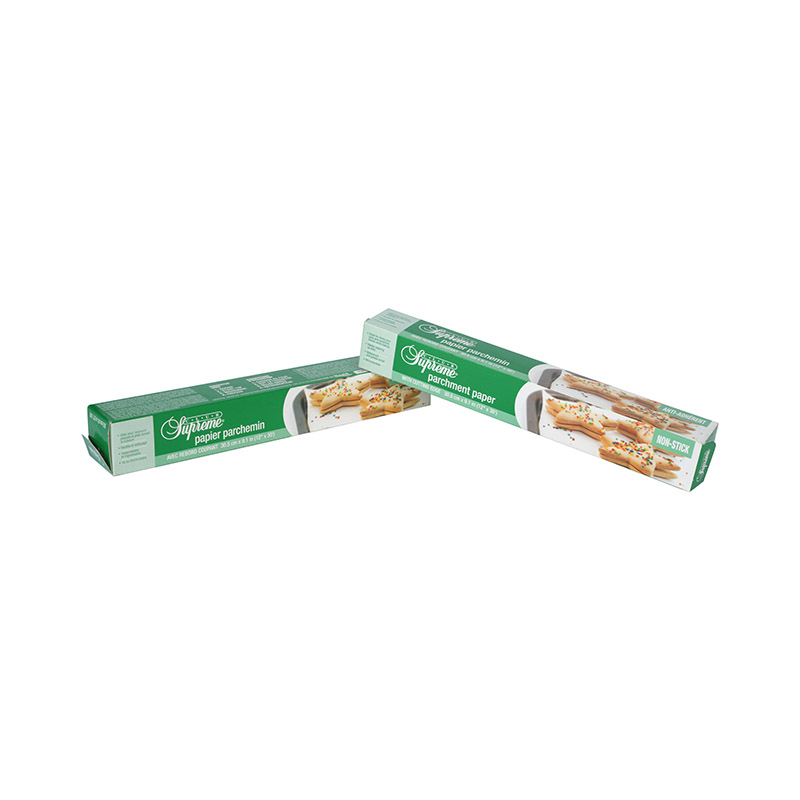


 English
English русский
русский